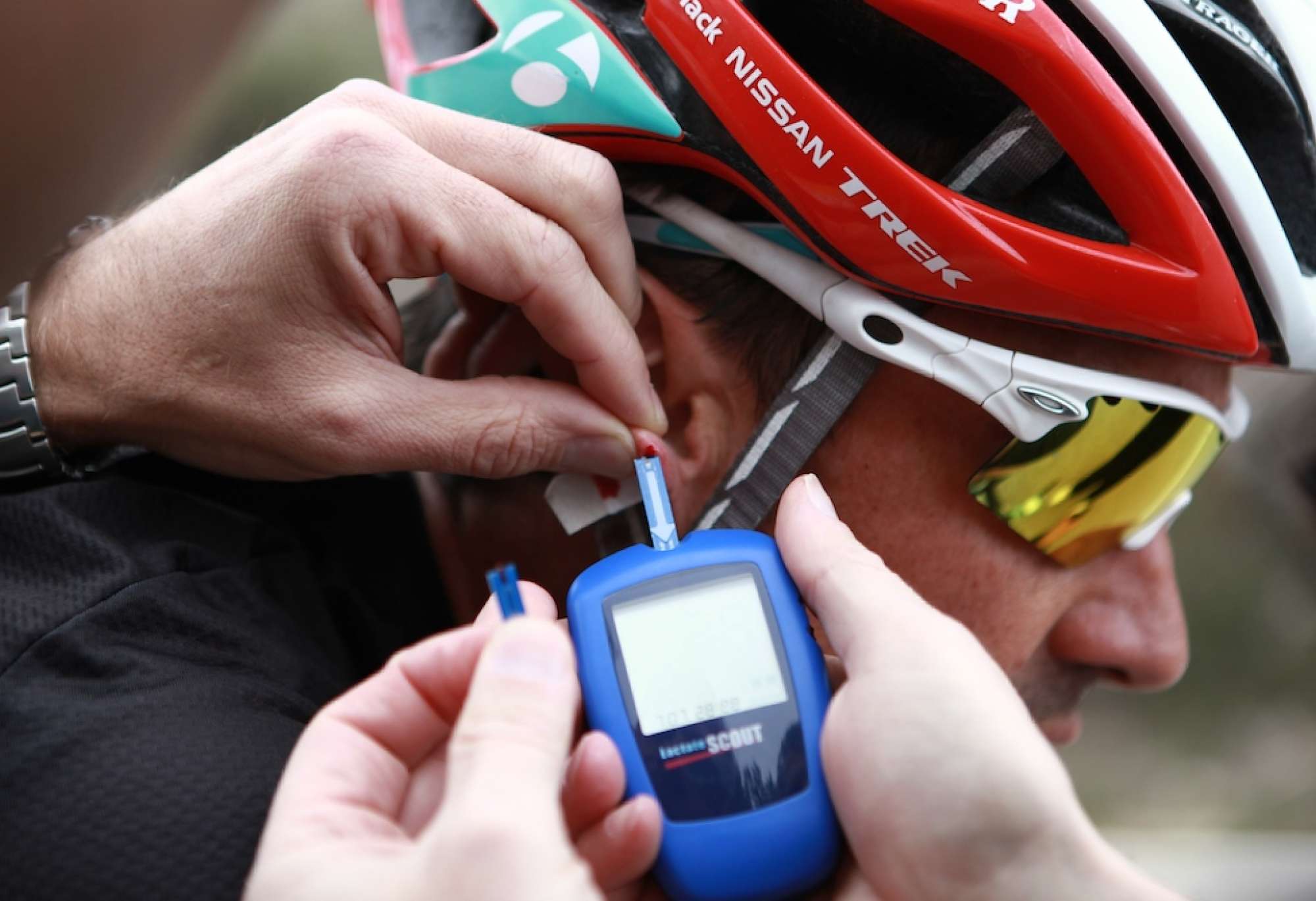
Maximum lactate at steady state
Returning to the physiological milestones of our metabolism, we are going to write to you about the maximum lactate in stable state (MLSS in English)
We must once again keep in mind the triphasic model of Mclellan and Skinner (1980) that we already mentioned in the previous post of VT1 or aerobic threshold.
In this case we would be entering phase II in the aerobic – anaerobic transition..
- There is a progressive increase in the consumption of carbohydrates and a decrease in the consumption of fats. There will be but a combination of the two energy sources.
- Progressive increase in recruitment of type lla fibers, along with type l.
- Maintenance of stroke volume, Therefore, the increase in cardiac output is a consequence solely of the increase in heart rate..
The further we go within this phase ll and we are approaching its limit (VT2) more instability we will find at the systems level as we have mentioned before.
Within phase II and more in a second third of it we find the MLSS which will be the intensity of effort where our buffer system can buffer and control the acidosis produced by the anaerobic glycolysis metabolism or what is the same: our body at this intensity is capable of eliminating the same amount of lactate that it produces in its body. metabolism.
We will find this MLSS at 75-80% of Vo2max and at a 92-96% of their VT2 in cyclists and their limitation of this MLSS will be the availability of glycogen (Jump, et. al 1971) and in no case metabolic acidosis since we will be able to eliminate this excess lactate.
Therefore, we will be able to locate the VT1 or aerobic threshold in trained cyclists between the 54 y 60% of the maximum volume of oxygen (VO2max) and between the 84-88% of its anaerobic threshold (Pallarés et. al. 2016).
The best way to determine this MLSS is to put the athlete at a constant intensity (Power) for 30' and that his lactate concentration of the minute 10' to 30' has only increased 1 of lactate 1 mmol/L.
According to several studies, he The limit time of a cyclist in this metabolic zone will be about 72 half minutes, in the best of cases 81' and in the worst 62'.
Therefore, and following a little the theory of Coggan and Allen from their book training and running with a power meter, We could define this MLSS as our power FTP although with a series of nuances.
Another way to determine it indirectly is with those who talk about FTP as the intensity where the cyclist can constantly maintain a power for 60', which, They apply a formula and a correction to make this more “bearable” for the athlete.. Therefore, This FTP test could be an “easy” way to obtain our MLSS.
It is a physiological milestone that will greatly determine our performance in medium and long distance tests such as ultra-endurance., XCM tests or road races in junior – sub23 or professional calendar. Therefore, We will have to face the preparation and improvement of this with extensive work of shorter to longer duration, and above all, evaluate this work area constantly with different tests..
Bibliography:
Saltin B, Karlsson J (1971). Muscle glycogen utilization during work of different intensities, in muscle metabolism during exercise, ed. Pernow B and Saltin B, Plenum press, New York P 289-300.
Skinner, J. S., & Mclellan, T. H. (1980). The transition from aerobic to anaerobic metabolism. Research quarterly for exercise and sport, 51(1), 234-248.
Range of perceived exertion or RPE
Let's talk about the range of perceived exertion or RPE as an element for quantifier&nbs
Altitude training
We are going to present one of the most used and typical strategies in cycling and other modalities p
Strength in Youth
Perhaps you have hired a coach for your children and have been surprised to see that in the p





